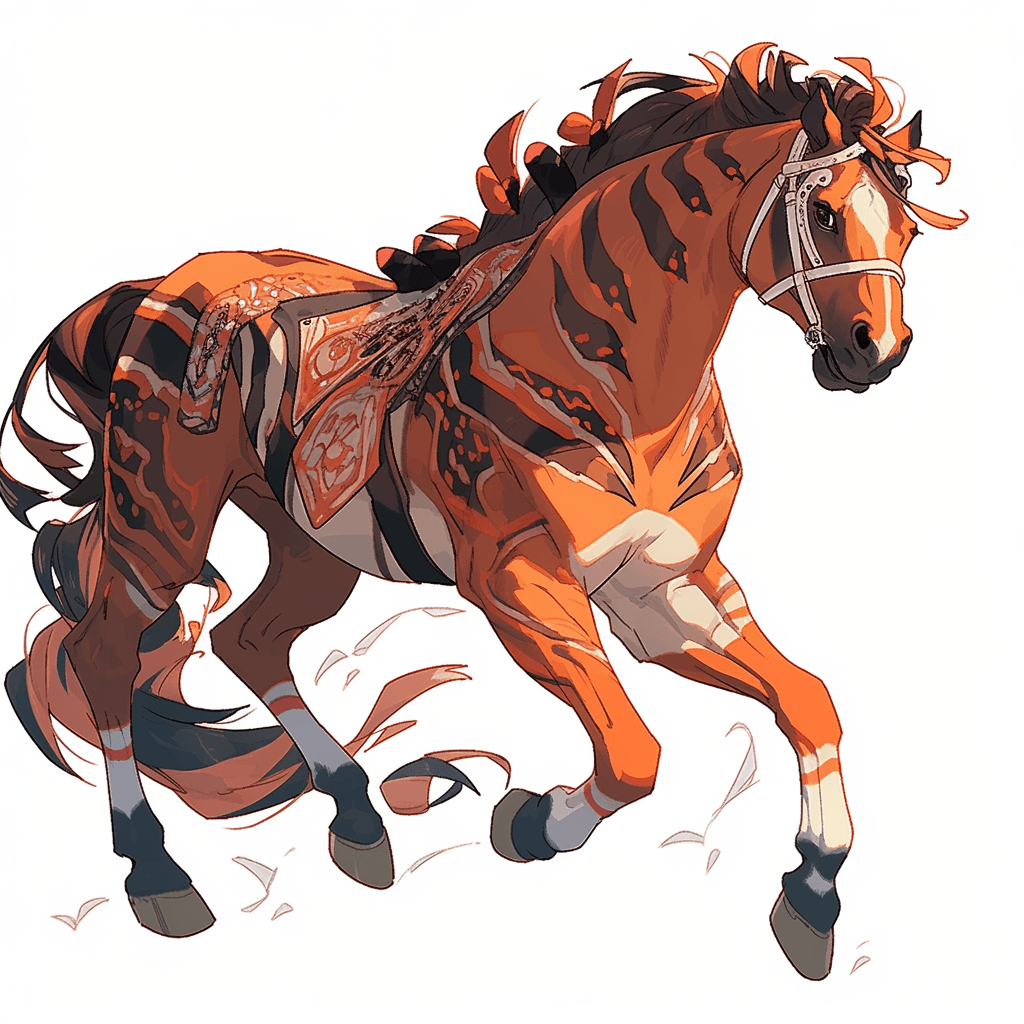Hello, dear reader! I’m thrilled to see you here, eager to dive into the fascinating world of Chinese idioms, or ChengYu as we like to call them. Today, we’re exploring one that I hold close to my heart, “畫蛇添足” (Huàshétiānzú).
Now, before we delve into the nitty-gritty of this ChengYu, let me share a little story. I remember when I was a child, my father loved painting. One day, he was working on this beautiful landscape – mountains, rivers, and a serene sky. Being the enthusiastic little artist I was, I decided to add my own touch, a giant dragon soaring in the sky. When my father saw it, he laughed and said, “Ah, my dear, you’ve just 畫蛇添足’d my painting!” I was confused at first, but soon I came to understand what he meant.
Definition of 畫蛇添足
- Traditional: 畫蛇添足
- Simplified: 画蛇添足
- Pinyin: Huàshétiānzú
- English: Draw a snake and add feet to it
- Definition: This idiom literally translates to “draw a snake and add feet to it,” but metaphorically, it means to do something unnecessary or superfluous, much like my attempt to “improve” my father’s painting by adding a dragon to a peaceful landscape.
History of 畫蛇添足
Now, let’s step into the time machine and travel back to the origin of this idiom. Unfortunately, I am still in the process of collecting more detailed information about the historical background of 畫蛇添足. I’ve been able to find out that it appears in the classic Chinese novel 《洪武正韻》 from the reign of Emperor Hongwu of the Ming dynasty, but the exact story behind it is still a mystery I’m working to uncover. Stay tuned for updates on this!
Modern Usage of 畫蛇添足
As for the modern usage of 畫蛇添足, it’s a handy phrase when you want to point out an unnecessary addition or effort, like adding an unnecessary topping to a perfect pizza or providing too many details when a simple explanation would do. It can be used in both casual and formal situations, making it a versatile addition to your Mandarin vocabulary.
Examples Sentences for the Idiom 畫蛇添足
Here are a few examples of how to use the idiom “畫蛇添足”.
1. 他不但沒有提高會議效率,反而如同畫蛇添足般使得討論更為混亂。
2. 在那幅完美的畫作上多加一筆,簡直就是畫蛇添足。
3. 他的報告已經足夠清楚,再添加更多的解釋只會畫蛇添足。
1. Tā bùdàn méiyǒu tígāo huìyì xiàolǜ, fǎn’ér rútóng huà shé tiān zú bān shǐdé tǎolùn gèng wéi hùnluàn.
2. Zài nà fú wánměi de huàzuò shàng duōjiā yī bǐ, jiǎnzhí jiùshì huà shé tiān zú.
3. Tā de bàogào yǐjīng zúgòu qīngchǔ, zài tiānjiā gèng duō de jiěshì zhǐ huì huà shé tiān zú.
1. 他不但没有提高会议效率,反而如同画蛇添足般使得讨论更为混乱。
2. 在那幅完美的画作上多加一笔,简直就是画蛇添足。
3. 他的报告已经足够清楚,再添加更多的解释只会画蛇添足。
1. Not only did he not improve the efficiency of the meeting, but instead, like adding feet to a snake, he made the discussion even more chaotic.
2. Adding an extra stroke to that perfect painting is just like adding feet to a snake.
3. His report is already clear enough, adding more explanation will only be like adding feet to a snake.
Interested in learning even more interesting Chinese proverbs? Make sure you check out the top 20 Chinese proverbs.
For further language learning inspiration and updates, be sure to follow Ting Ting Tai on Instagram. Our vibrant community of language enthusiasts shares fascinating facts, engaging language games, and delightful cultural insights to keep your motivation soaring.
We have exciting news for you! The launch of our weekly newsletter is right around the corner. Packed with language tips, cultural insights, and updates on new reading materials, this resource is a must-have to enrich your Chinese learning journey. Don’t miss out! Sign up now to be among the first to receive our newsletter directly to your inbox.




